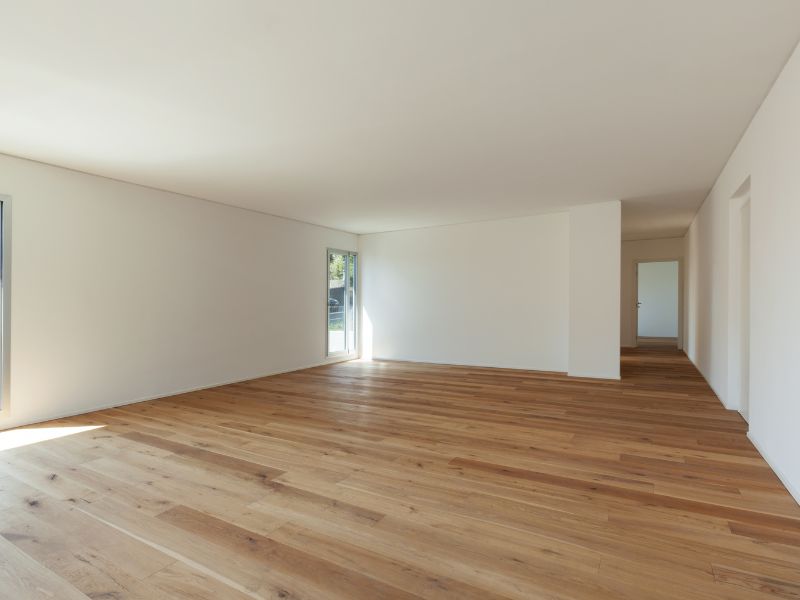
08 Aug Moisture in parquet: causes, consequences and solutions
Parquet is a type of wood flooring that brings warmth and elegance to any space, but it is also particularly sensitive to variations in humidity. Moisture can affect your appearance, structural integrity and durability. From our position as a professional company, at Humilogic we want to talk about the causes and consequences of moisture in parquet flooring, as well as solutions to prevent and treat this problem.
Contenidos
Problems of moisture in the parquet
Parquet, with its aesthetic appeal and natural feel, is a popular choice in many homes. However, unlike other types of floor, wood is a living material that reacts to changes in the humidity in the environment. When the parquet is exposed to inadequate levels of moisture, problems such as deformation, swelling or the appearance of mold may arise.
Causes of moisture in the parquet
Some of these causes are:
Water leaks
One of the most common causes of moisture in parquet is water leakage, which can come from broken pipes, leaky ceilings, or even accidental spills that are not cleaned quickly. When water penetrates the floor, it is absorbed by the wood, which can cause swelling and deformation.
Condensation
This is another factor that can affect the parquet, especially in cold climates or areas with poor ventilation. Moisture in the air can condense on the floor surface, being absorbed by the wood and causing long-term damage.
Moisture in the subfloor
Moisture that leaks from the ground can also cause problems. Water vapour from the floor under the parquet often rises and accumulates in the wood. This problem is common in homes built without a vapour barrier.
Consequences of moisture in the parquet
When the parquet absorbs too much moisture, the wood sheets may begin to deform. This problem, known as “bulging” or “swelling”, manifests itself as a lifting of the boards, creating an uneven and uncomfortable floor. On the other hand, wet wood is an ideal breeding ground for mold and fungus growth. These microorganisms not only damage the parquet, but can also affect air quality.
In addition to structural problems, moisture can also cause aesthetic damage in the home. Wood may discolour, lose its natural shine or have stains that are difficult to remove.
Solutions to prevent and treat moisture in parquet
If you want to prevent the appearance of moisture in your home parquet, we show some so that you do not have this problem:
- Installing vapour barriers: placing a vapour barrier under the parquet can help prevent moisture from the subfloor from leaking into the wood boards.
- Improve ventilation: ensure that rooms are well ventilated to reduce condensation.
- Leak repair: identifying and repairing any water leakage is crucial to prevent the problem from getting worse.
- Sanding and sealing: if the parquet has suffered minor bulges, sanding the surface and applying a suitable sealant can restore its appearance.
- Replacing damaged boards: in cases where the boards are badly damaged, the only solution may be to replace them. Note that the new boards you put in must be the same model of parquet as those already installed.
Tips for maintaining
Por ejemplo, un consejos súper importante es que debes mantener el parquet limpio y seco, evitando el uso de agua en exceso durante la limpieza. También, debes hacer revisiones al estado del suelo y detectar cualquier signo de humedad de inmediato.
For example, a super important tip is to keep the parquet clean and dry, avoiding using excessive water during cleaning. Also, you should make checks to the condition of the floor and detect any signs of moisture immediately.
If you want to protect your floor of your home, do not hesitate to contact us.
